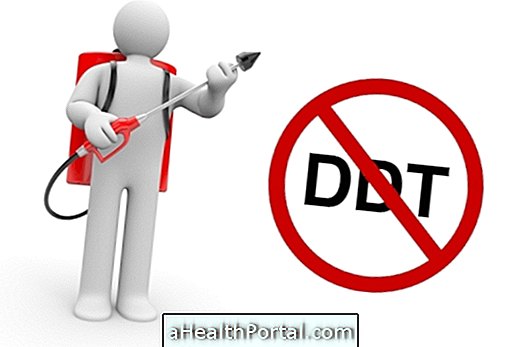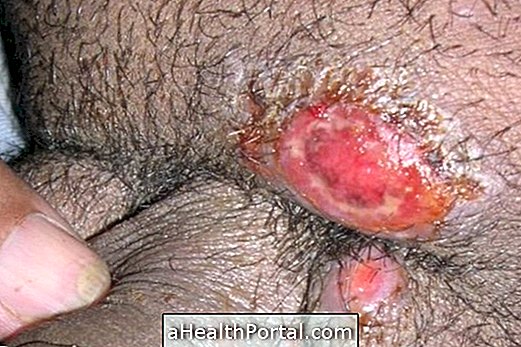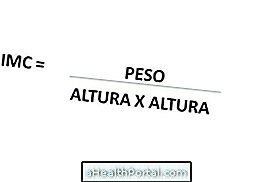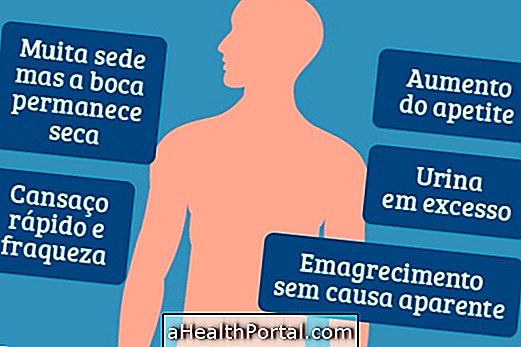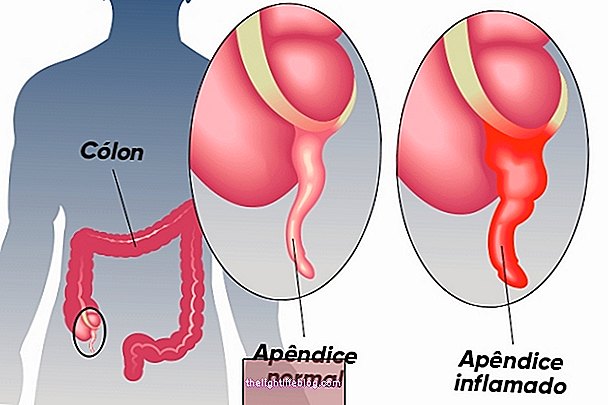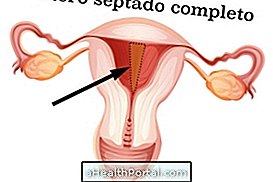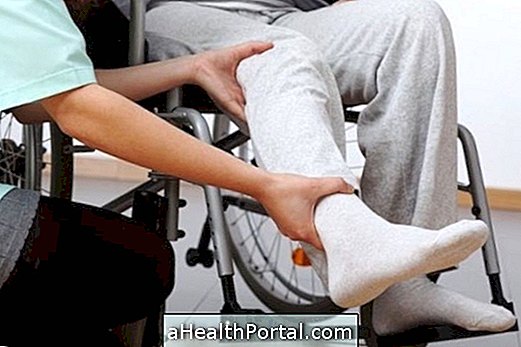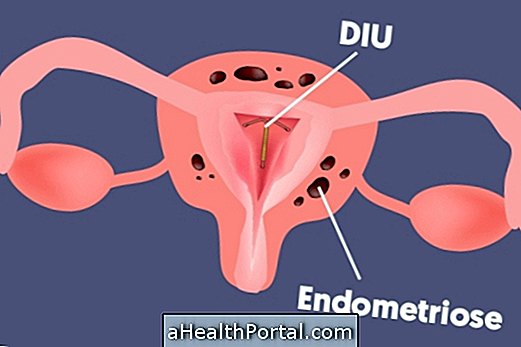Brucellosis is a bacterial infection caused by the bacterium Brucella and is more common in people who work with animals because it is transmitted through the consumption of contaminated undercooked meat and unpasteurized home-made dairy products, inhalation of the bacteria and direct contact with blood, saliva, feces and other secretions from contaminated animals. Understand what brucellosis looks like and how it looks.

Main symptoms
Symptoms of brucellosis may appear a few days to several months after infection and are similar to flu-like symptoms and may be easily confused. The initial symptoms of brucellosis usually include:
- Fever above 38ºC and chills;
- Sweating;
- Severe headache;
- Muscle aches;
- Generalized pains in the body;
- Feeling of malaise;
- Tiredness;
- Chills;
- Abdominal pain;
- Memory alteration;
- Tremors.
These symptoms may disappear for weeks or months and then return, so in the presence of fever with rapid onset, muscle aches or weakness, the individual should consult the doctor to do a blood test, confirm the disease and follow the treatment.
How is the diagnosis made?
The diagnosis of brucellosis is made with the objective of isolating and identifying the bacterium that causes the disease, through the culture of blood, bone marrow, tissues or secretion. In addition, confirmatory serological tests are performed.
The differential diagnosis of brucellosis is made for bacterial endocarditis and typhoid fever, for example, since brucellosis can reach other organs and there are complications.
Complications of brucellosis
The complications of brucellosis arise when the treatment is not done correctly and include heart, brain and meninges infections, as well as inflammation of the nerves, testicles, gallbladder, liver and bones, producing symptoms such as weight loss, joint pain, depression and constant fever.
Treatment for brucellosis
Treatment for brucellosis is usually done with antibiotics for about 2 months in order to eliminate the bacteria that causes the disease from the patient's body. In addition preventive measures should be taken such as avoiding unpasteurized dairy products at home or undercooked meat, for example, to prevent further contamination.




